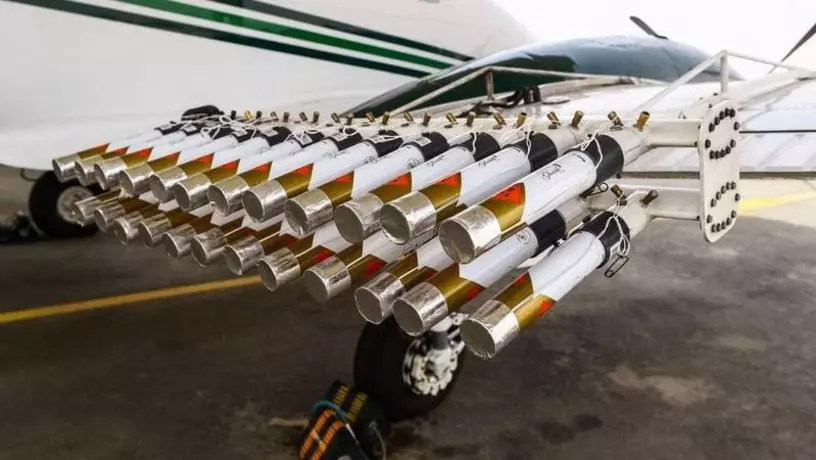
The UAE has stepped up cloud seeding operations
The UAE has doubled the number of cloud seeding operations in the past six years.
In the United Arab Emirates, cloud seeding operations have doubled in frequency as meteorologists try to increase rainfall.
It is believed that precipitation will strengthen the country’s water and food security and help replenish groundwater supplies. In addition, the change of weather conditions should affect the development of the tourism industry.
In 2022, the UAE conducted 311 cloud seeding missions, with aircraft spending more than 1,000 hours in the air. By comparison, in 2016 they flew just 177 sorties.
Experts from the National Center for Meteorology previously said seeding could increase precipitation by about 30 percent in a clean atmosphere or 15 percent in a dusty atmosphere.
On average, the UAE receives 100 millimeters of rainfall each year. This water fills reservoirs, the water from which is used, among other things, for agricultural purposes. Experts claim that cloud seeding is 60 times cheaper than desalination.
As previously reported, scientists from Russia and the UAE have begun creating technology that will redistribute precipitation in case of need. With its help, it will be possible to move the rain clouds at a distance of 50 to 100 kilometers.
Scientists note that the drought occurs because the atmospheric front moves in one direction. As a rule, it happens from west to east. As it moves, the water reserves in the clouds diminish. The new technology should not just provoke the beginning of rain, but pull the clouds to the area of drought or where forest fires are observed.
A team of scientists from Russia and the UAE have proposed a method to solve this problem. It involves the use of a special reagent, which will increase the “life” of the clouds, as well as the degree of their saturation with moisture.
The next stage will be testing the effectiveness of the invented reagent. Specialists from the High Mountain Geophysical Institute (Russia) and the National Center of Meteorology (UAE) participated in the project.


